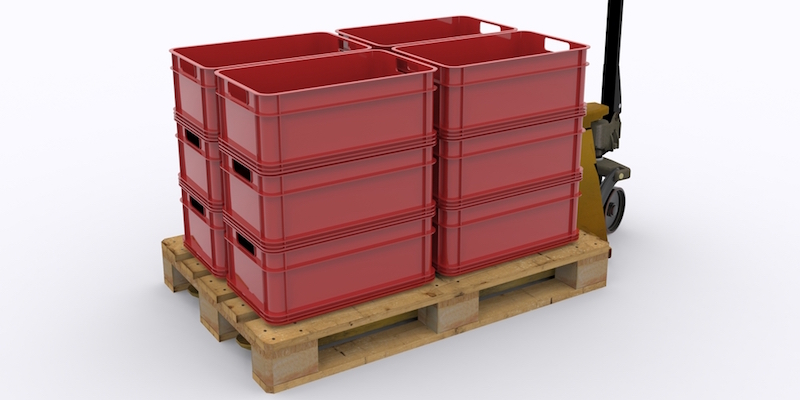Ways to transport your food
Unless you grow your own produce or have close access to a farmer’s market, most of the food that you eat needs to be transported before it reaches your table. As specialists in logistics and road freight, refrigerated transport and cold and dry storage, we are all about getting your produce from one location to the next in prime condition! In this post, we share a few ways that your local grocers, food distributors, restaurants and markets transport your food so it gets to your plate in optimal condition.
Cheese Boxes
The Sunshine Coast, especially Maleny and Kenilworth, is known for producing top grade cheeses. But how can cheese be transported safely and efficiently? One solution is to ship them with the use of cheese boxes. There are numerous cheese box products on the market. Basically, the idea is to provide cheese producers with less waste and faster cycle times. Unlike wooden boxes they don’t splinter (which can contaminate the cheese during the material handling process) and keep dairy products in segregated compartments, whilst still saving space.
Plastic Pallets
Queensland is vast and wide, with different areas specialising in many different types of goods and produce. From meat and seafood to fruit and vegetables and beverage, alcoholic or not, plastic pallets are one of the most common ways to transport goods and produce. They are not only more hygienic (in comparison to cardboard boxes) but also versatile and suitable for all stages of food transportation: from harvest through to storage and transport and sales presentation. Furthermore, since they are reusable they’re also more environmentally sustainable, with less disposal of cardboard or wooden boxes.
Agricultural Harvesting Containers
Available in multiple sizes and styles for picking, processing and shipping small fruits and vegetables like strawberries, these containers are created to withstand exposure to sunlight and cooling processes, specially designed to also resist impact and moisture, and don’t splinter or absorb odours.
Bakery Trays
For delicate goods such as bakery items, bakery trays are a must. They help to reduce transports costs and improve product protection.
Temperature Control
Transporting produce so that it arrives in optimal temperature condition isn’t just a logistics concern, it involves high levels of integration and coordination. Each supply chain partner – from harvester or producer to the seller – shares the responsibility. If a shipment will be exposed to extreme cold or heat along the transport route, considerations need to be made to protect the products in transit. Transport that extends over multiple days presents a multitude of opportunities for compromising the product’s integrity. Contingency planning is also important, what if the truck or train breaks down? Or a refrigeration unit stops working? Even with the best systems and monitoring technology, an unplanned delay or rerouting could potentially jeopardise shipment stability. Which is why all playing in the transporting of produce need to clearly map out a strategy in the event of a delay.
There are many ways that businesses and suppliers in the food industry ensure that goods and produce get to where they need to be, we hope these few examples have given you an idea into the intricacy and challenges that go into transporting food.
